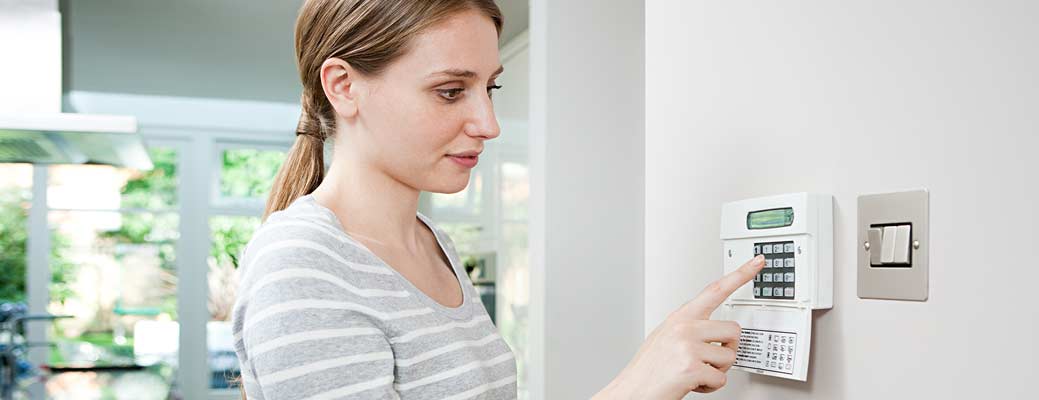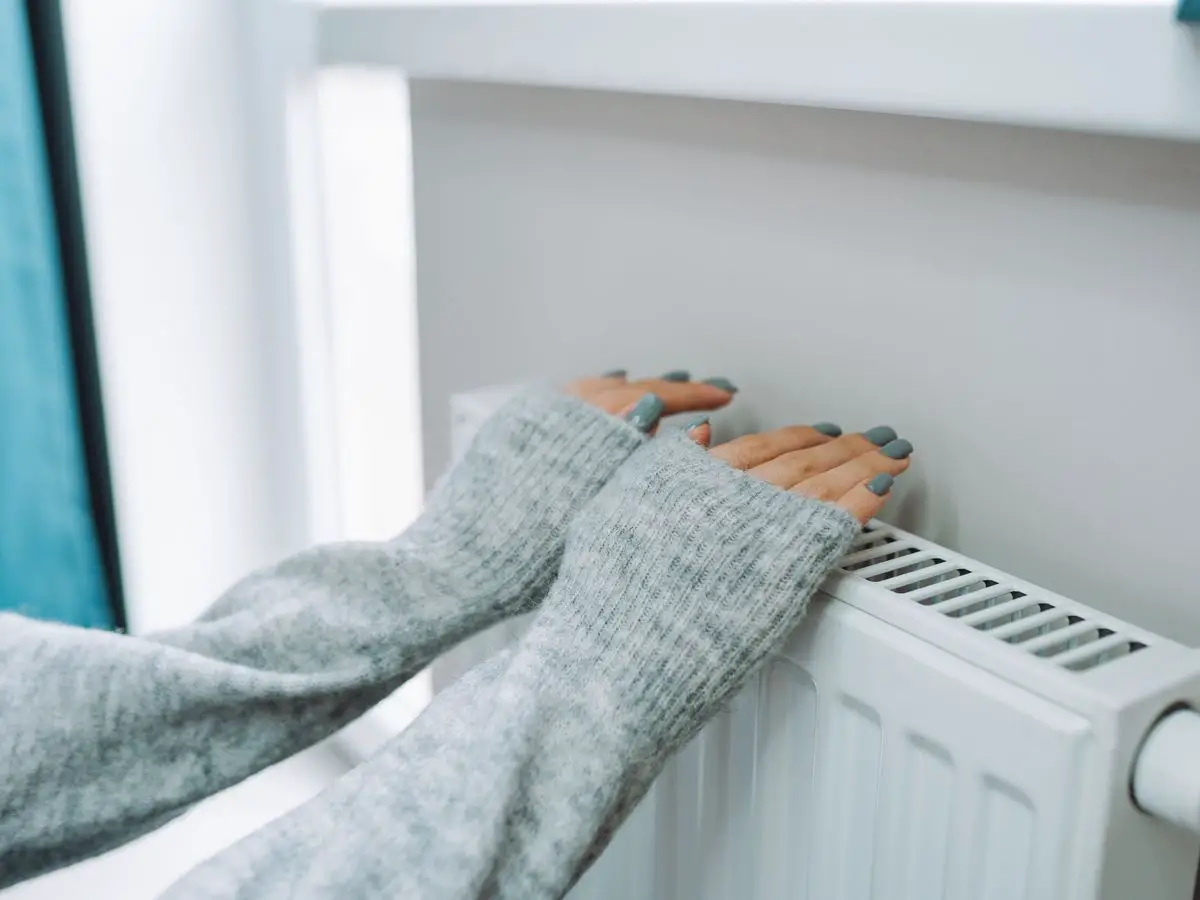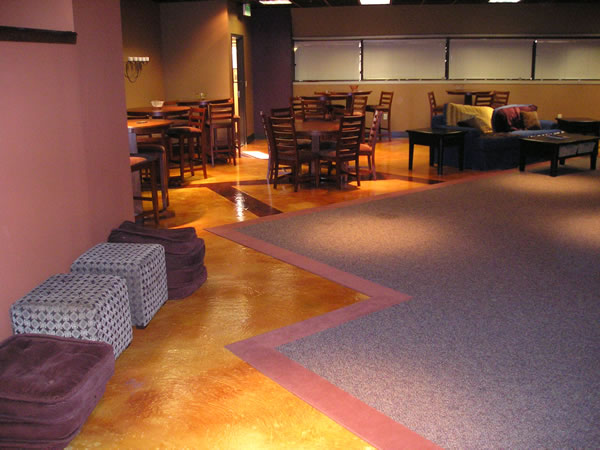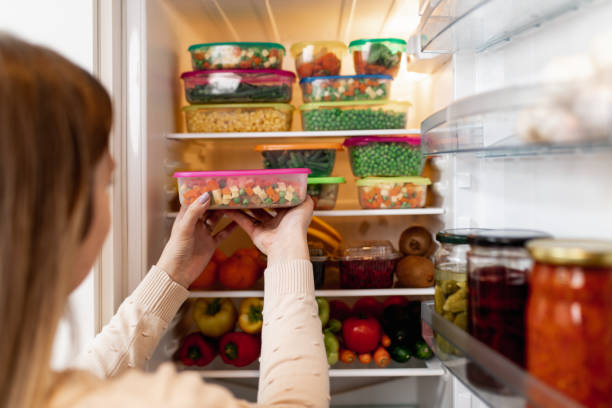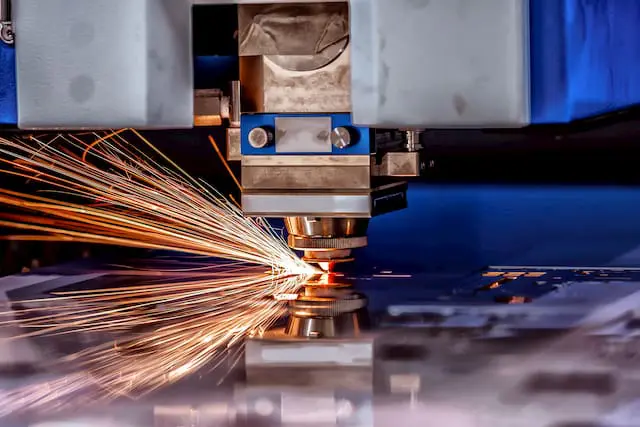You have likely set up your home to be as safe as possible, but as time goes by, many of the safety features you put in place have been forgotten about or have become less effective over time.
Just because you installed a smoke alarm and you close your garage door at night doesn’t mean your family is safe! There are a few things you should double check on a regular basis to make sure your home and your family are protected from disaster.
Smoke and Carbon Monoxide Alarms
Smoke and carbon monoxide alarms will beep when they are running out of battery power, but do you know what kind of smoke alarms you have? Knowing the answer to this question could mean the difference between protecting your family and leaving them open to fire and deadly carbon monoxide.
First, check to make sure that your smoke alarm is also a carbon monoxide detector. Some homeowners make the mistake of thinking every alarm does both, and that’s definitely not the case. If your smoke detector only detects fire, you need to purchase a carbon monoxide detector too.
Did you know there are different types of smoke detectors? Although 90 percent of smoke alarms in the United States are ionization-type alarms, they are not approved for standalone use because they may not alert you to a fire danger. Either add a photoelectric detector to your home, or completely replace your ionization smoke alarms with photoelectric alarms.
Windows
Thieves always look for the easiest way into a home. Sometimes that’s the door, but many thieves check windows too. That’s because although many windows are closed, they aren’t locked. Check all the closed windows in your home, including upstairs windows, to make sure they are locked. Then, make sure you lock them every time they are shut.
You may also want to look for ways to make your windows more secure:
- Install a wedge or folding lock on double hung windows
- Install casement windows
- Put dowels in sliding windows
And of course, make sure you close your windows whenever you leave home! Even if they are up on the second story of your home, burglars aren’t afraid to climb up a ladder to gain easy entry into your home.
Door to the Garage
Another easy way thieves can gain entry into your home is through the garage. If you haven’t changed the code to your garage in a while, you should do that, especially if you’re still using the manufacturer’s code. You especially need to lock the door to your home that’s in your garage. That way, if burglars gain access to your garage, they can’t just open the door to your house.
A few other garage safety tips include:
- Don’t leave your garage door opener remote in your car
- Install motion-detecting floodlights
- Install security cameras and motion detectors
Exterior Doors
There are lots of beautiful doors, but some doors are better for the interior of your home. Unfortunately, some doors get installed as exterior doors, and because they aren’t very sturdy, they are extremely easy for burglars to use to break into your home.
All exterior doors should be solid core, as they are more difficult to break open. Wood and steel are the most secure, but you can also find aluminum and doors that feature glass that are surprisingly just as secure.
Every exterior door should be solid core. That includes the front door, but it also includes back doors and the door inside your garage.
Wet, Damp Places
When was the last time you spent time looking in the cracks and corners of your unfinished basement, under the kitchen sink, or around the edge of your shower? Mold can grow anywhere that’s damp, so it’s important to check areas of your home that are exposed to water or humidity.
Areas in your home where you should check for mold include:
- Around the tub and shower
- Around the toilet
- Under the kitchen and bathroom sink
- Windows and window sills
- Inside A/C and heating vents
- Fireplace and chimney
- In the attic around the roof
- Corners and crevices of the basement
- Behind storage areas in the garage
You set your home up to be safe when you move in, but you should also double check to make sure everything remains safe as you live in your home. From the windows to the doors, the garage, and the basement, these tips will help you keep your family safe and secure.
